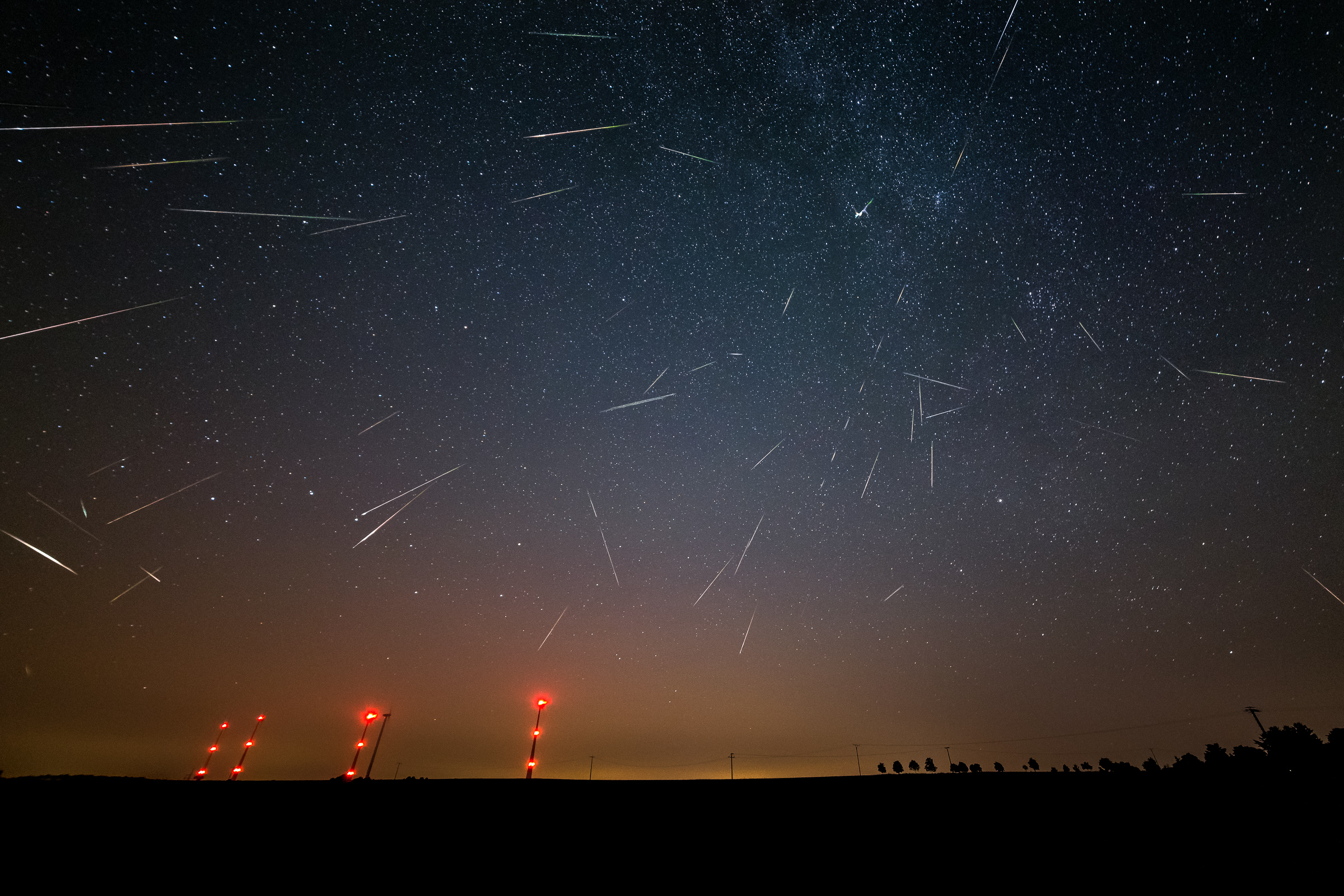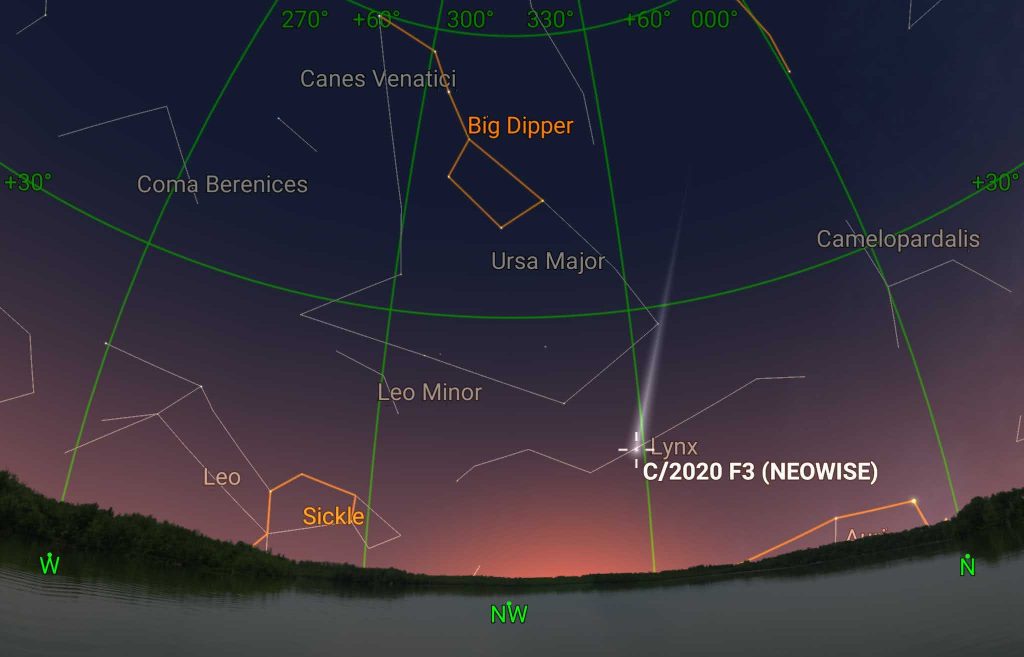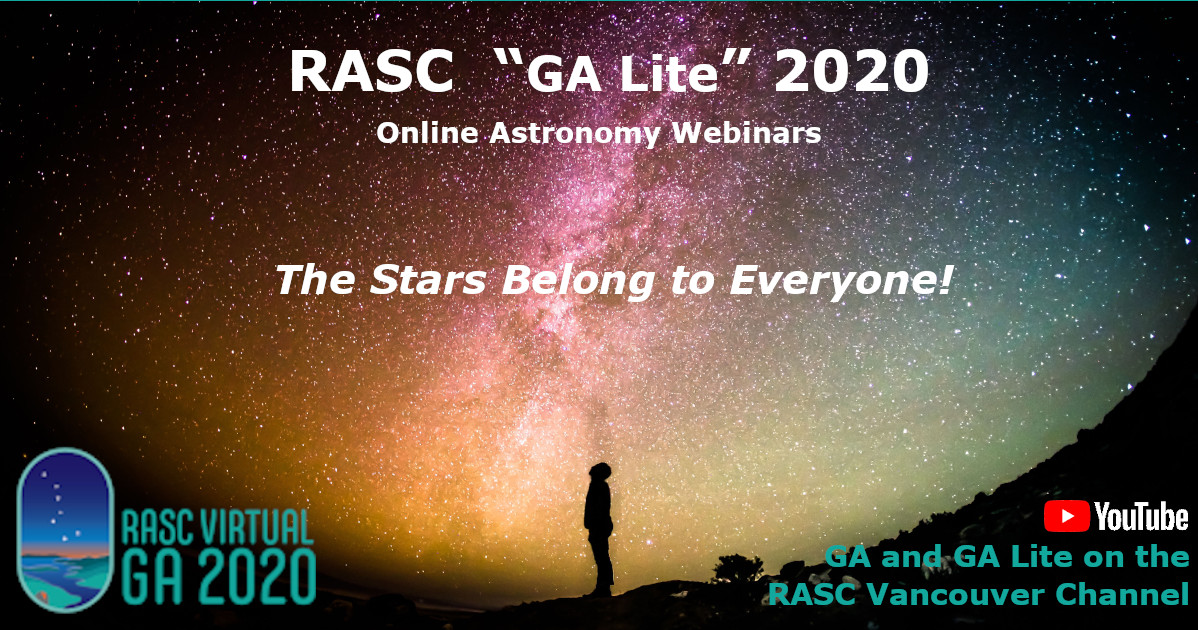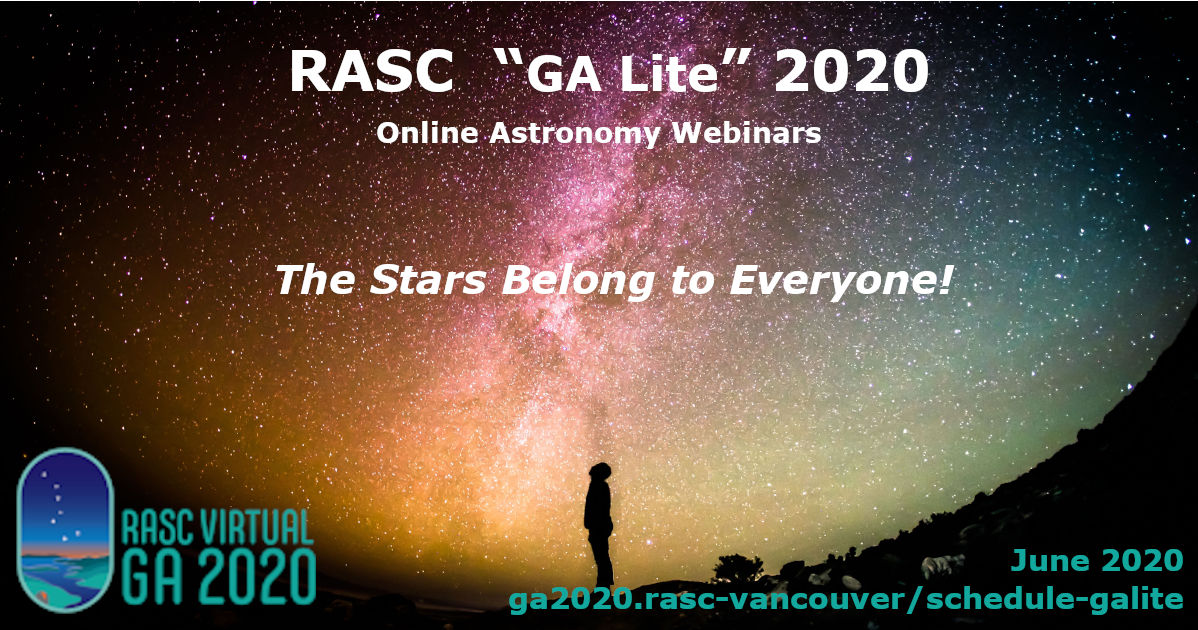A few years ago I wanted to have a look at the Triangulum Galaxy M33 from my yard in Coquitlam. There’s a significant amount of light pollution – I’d estimate the sky to be Bortle class 7 to 8. Despite that, I am able to see bright Messier objects like the Globular Cluster M13, the Ring Nebula M57, and the Bode’s Galaxy M81. M33 was more challenging. I tried several different nights but had no success in spotting it. Confused and frustrated, I checked the magnitude in Stellarium as I knew magnitude is a measure of an object’s brightness. Stellarium showed M33’s magnitude as 5.7 – quite bright and definitely brighter than the other objects I could see: M13 at 5.8, M57 at 8.8, and M81 at 6.94 (remember that brighter objects have a lower magnitude). So why couldn’t I pick out M33?

The Triangulum Galaxy M33. Image Credit: Keesscherer / CC BY-SA (https://creativecommons.org/licenses/by-sa/4.0)
I have since learned that magnitude works well for stars but it is not a good indicator of how easy or hard it is to see deep sky objects that cover an extended area – aka extended objects. Magnitude assumes all the light is concentrated in a single point source like a star but M33 covers an area of approximately 65 x 40 arc minutes and its light is spread over this entire area.

A better measure is “surface brightness”: the average brightness over the extended area. Surface brightness is often measured in magnitudes per square arcsecond. M33 has a surface brightness of 23 mag/arcsec^2. If you divide the area of M33 into a bunch of little 1 arcsecond squares then on average each square will be as bright as a 23rd magnitude star. As with magnitudes, a lower surface brightness indicates a brighter object. An object with a surface brightness greater than 22 is generally considered to be faint.
Surface brightness is also a good way to measure sky-glow and light pollution. An urban/city sky might have a surface brightness of 17 mag/arcsec^2 while a pristine dark sky might have a surface brightness of 22 mag/arcsec^2. The Canadian company Unihedron makes relatively inexpensive Sky Quality Meters (SQM) used by many amateur astronomers to measure sky-glow. I used Unihedron’s SQM-L and measured the sky-glow at my Coquitlam location to be 18.5 mag/arcsec^2 on a moonless night.
An object can be difficult to detect when its surface brightness is close to or fainter than the sky-glow. Tony Flanders reports barely seeing objects down to a surface brightness of 21 in his skies where the sky-glow is 18 mag/arcsec^2 and he speculates that an object is not detectable if it is more than 3 magnitudes fainter than the sky-glow. With this in mind, it is not surprising that M33 is hard to detect from my Coquitlam location as the surface brightness of M33 is almost 4.5 magnitudes fainter than the sky-glow.
There are other factors involved in whether or not an object is visible. The RASC Oberver’s Handbook section “Magnification and Contrast in Deep-sky Objects” has a good explanation of some of these including the following.
- Surface brightness is not uniform. For example spiral galaxies often have a bright core area that is brighter and easier to see than the arms. Flanders and others suggests that peak surface brightness is an even better indicator of whether or not an extended object is difficult to observe.
- Larger objects are easier to detect so increasing the magnification on faint objects can help.
- Objects like nebula are easier to see when using band filters that increase contrast by darkening the sky-glow more than they darken the light from the nebula.
- Surface brightness may not be a good measure for objects like globular and open clusters that resolve into individual stars.
- The surface brightness of an object is subjective as it depends on the size of the object. How far do the faint arms of a spiral galaxy really extend?

Several tools can help you find the surface brightness for observing targets:
- The surface brightness of an object can be displayed in Stellarium if the “Additional information” option in the “Configuration” window is enabled.
- The “Magnitude and Contrast Calculator” is a spreadsheet, included as a supplement to the RASC Observer’s handbook, that calculates the surface brightness and predicts whether an object is visible from telescope, filter, and sky parameters.
- Tony Flanders has compiled a list of Messier objects that includes the surface brightness and peak surface brightness (for some Messier objects). The table below is an excerpt from his list.
| Object | Type | Const | Mag | Peak | Surface Bright- ness | Size |
| M57 | Planetary Nebula | Lyr | 8.8 | 17.8 | 17.8 | 1.4×1.0 |
| M45 | Open Cluster | Tau | 1.2 | – | 19.8 | 100 |
| M27 | Planetary Nebula | Vul | 7.3 | 18.4 | 20.1 | 8.0×5.7 |
| M76 | Planetary Nebula | Per | 10.1 | 18.6 | 20.4 | 2.7×1.8 |
| M24 | Star Cloud | Sgr | 3.1 | – | 20.5 | 95×35 |
| M42 | Nebula | Ori | 4 | – | 20.5 | 40×35 |
| M1 | Supernova Remnant | Tau | 8.4 | – | 20.5 | 6×4 |
| M13 | Globular Cluster | Her | 5.8 | 16.9 | 20.6 | 17 |
| M31 | Galaxy | And | 3.4 | 16.6 | 22.2 | 191×62 |
| M33 | Galaxy | Tri | 5.7 | 20.1 | 23 | 71×42 |








 provides a forecast of the cloud cover.
provides a forecast of the cloud cover.






